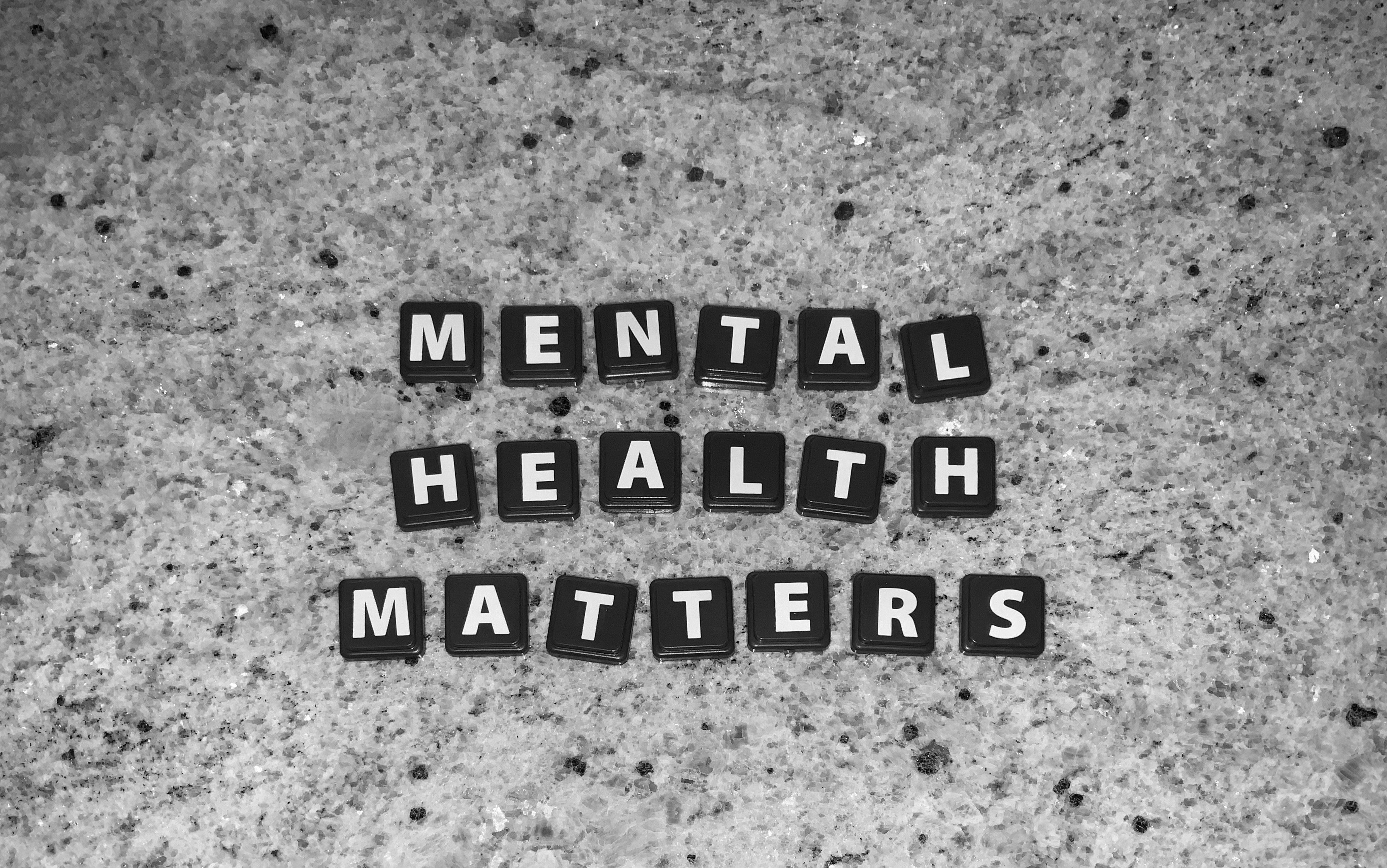Understanding the Impact of Mindfulness on Anxiety
Anxiety disorders affect millions of people worldwide, making it one of the most common mental health conditions. It manifests in various ways, including generalized anxiety disorder, panic disorder, and social anxiety disorder. These conditions can significantly impact a person's quality of life, causing them to live in a constant state of worry and fear. Traditional treatments for anxiety include medication and cognitive-behavioral therapy. However, in recent years, mindfulness has emerged as a promising alternative or complementary approach to managing anxiety. This article will delve into the concept of mindfulness, tracing its historical roots, its current relevance, and its potential impact on anxiety disorders.

Tracing the Roots of Mindfulness
Mindfulness originates from Buddhist meditation practices that have been in existence for over 2,500 years. The term ‘mindfulness’ (Sati in Pali) refers to a form of meditation that encourages awareness of the present moment, accepting it without judgment. This practice aims to cultivate a sense of calm and clarity, enabling individuals to respond to situations more effectively rather than reacting impulsively.
The introduction of mindfulness to the Western world is credited to Jon Kabat-Zinn, a molecular biologist who, in the late 1970s, developed the Mindfulness-Based Stress Reduction (MBSR) program. This program, initially designed to manage chronic pain, incorporated mindfulness practices into a secular, clinical context. It sparked significant interest in the potential benefits of mindfulness for various aspects of health and wellbeing, including mental health.
The Rise of Mindfulness in Modern Society
In the 21st century, mindfulness has become a buzzword in health and wellbeing circles. It has permeated various sectors of society, including education, business, and healthcare. This rise in popularity is partially due to increasing scientific research substantiating the benefits of mindfulness. Studies have found that mindfulness can reduce stress, improve attention, enhance emotional regulation, and boost overall wellbeing.
In the realm of mental health, mindfulness has shown promise as an effective tool for managing various conditions, including depression, post-traumatic stress disorder, and anxiety. The surge in digital technology has also facilitated the accessibility of mindfulness, with numerous apps, online courses, and digital platforms offering guided mindfulness exercises.
Mindfulness and Anxiety: A Closer Look
Anxiety disorders involve persistent, excessive worry that can interfere with daily activities. The anxious mind often gets caught up in a cycle of negative thinking, anticipating worst-case scenarios, and ruminating on past failures. Mindfulness, with its focus on present-moment awareness and non-judgmental acceptance, can help disrupt this cycle.
Research indicates that mindfulness can reduce anxiety symptoms by promoting a shift from ‘doing mode’ to ‘being mode.’ In doing mode, the mind is goal-oriented, constantly trying to fix, change, or avoid unpleasant experiences. In contrast, the being mode, cultivated through mindfulness, involves accepting experiences as they are, without trying to change them. This shift can help individuals with anxiety relate differently to their anxious thoughts and feelings, reducing their impact.
Implementing Mindfulness Practices for Anxiety
Implementing mindfulness into daily life involves a degree of commitment and patience. It’s not about eliminating anxiety but learning to relate to it in a healthier way. Some practical mindfulness exercises that can help manage anxiety include:
-
Mindful breathing: This involves focusing attention on the breath, noticing the sensation of inhaling and exhaling. When the mind wanders (as it inevitably will), gently bring it back to the breath.
-
Body scan: This exercise involves systematically moving attention through different parts of the body, noticing any sensations present. This practice can help ground individuals in the present moment, diverting attention away from anxious thoughts.
-
Mindful walking: This involves walking slowly and deliberately, paying attention to the sensation of movement and the feeling of the ground beneath the feet.
Apps like Headspace and Calm offer guided practices for these exercises, making it easier for beginners to start their mindfulness journey.
The Road Ahead
While mindfulness is not a cure-all, it can be a valuable tool in the arsenal against anxiety. It’s important to remember that mindfulness is a skill that takes time to develop. The key is to approach it with patience and consistency.
Furthermore, mindfulness is not a substitute for professional help. Individuals with severe anxiety should seek appropriate medical advice and consider mindfulness as a complementary approach.
As we continue to grapple with the mental health crisis, approaches like mindfulness, which empower individuals to manage their mental health, will play a critical role. By fostering a greater understanding of our minds, we can navigate the challenges of life with a little more ease and a little less anxiety.




